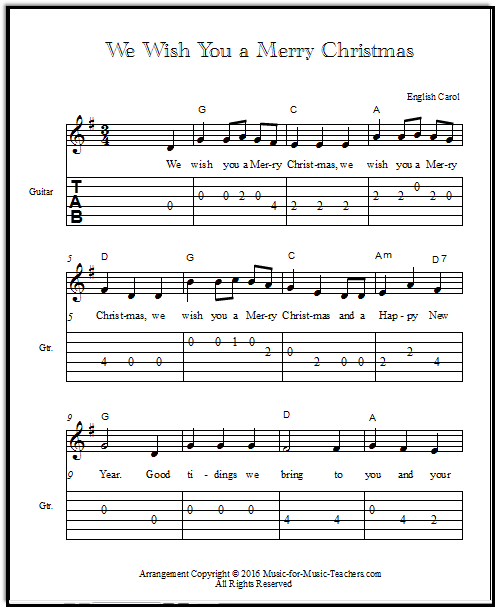30 Famous Chinese Piano Pieces Pdf To Excel
Asian music was based on the pentatonic scale. Here are 12 pretty Chinese piano solos– composed by Chinese musicians, or best interpreted by Chinese performers. I can’t find the sheet music for piano, for this traditional taiwanese melody. This is a list of iPod and iPad apps that can be used in high school learning environments.

Clockwise from upper left: a by; a female ancestor figure by a artist; detail from by; and an Okinawan. Art is a diverse range of in creating visual, auditory or performing artifacts (), expressing the author's or technical skill, intended to be appreciated for their beauty or emotional power.
In their most general form these activities include the production of works of art, the criticism of art, the study of the history of art, and the aesthetic dissemination of art. The oldest documented forms of art are, which include creation of images or objects in fields including today painting, sculpture,, photography, and other visual media. Architecture is often included as one of the visual arts; however, like the, or advertising, it involves the creation of objects where the practical considerations of use are essential—in a way that they usually are not in a painting, for example. Music, theatre, film, dance, and other, as well as literature and other media such as, are included in a broader definition of art. Until the 17th century, art referred to any skill or mastery and was not differentiated from.
In modern usage after the 17th century, where aesthetic considerations are paramount, the fine arts are separated and distinguished from acquired skills in general, such as the decorative. Art may be characterized in terms of (its representation of reality), narrative (storytelling), expression, communication of emotion, or other qualities. During the, art came to be seen as 'a special faculty of the human mind to be classified with religion and science'. Though the definition of what constitutes art is disputed and has changed over time, general descriptions mention an idea of imaginative or technical skill stemming from and creation.
The nature of art and related concepts, such as creativity and interpretation, are explored in a branch of philosophy known as. Works of art can tell stories or simply express an aesthetic truth or feeling. Panorama of a section of A Thousand Li of Mountains and Rivers, a 12th-century painting by Song dynasty artist. In the perspective of the history of art, artistic works have existed for almost as long as humankind: from early to; however, some theories restrict the concept of 'artistic works' to modern Western societies.
One early sense of the definition of art is closely related to the older Latin meaning, which roughly translates to 'skill' or 'craft,' as associated with words such as 'artisan.' English words derived from this meaning include artifact, artificial, artifice, medical arts, and military arts. However, there are many other colloquial uses of the word, all with some relation to its.
20th-century Rwandan bottle. Artistic works may serve practical functions, in addition to their decorative value. Few modern scholars have been more divided than Plato and Aristotle on the question concerning the importance of art, with Aristotle strongly supporting art in general and Plato generally being opposed to its relative importance.
Several dialogues in Plato tackle questions about art: Socrates says that poetry is inspired by the, and is not rational. He speaks approvingly of this, and other forms of divine madness (drunkenness, eroticism, and dreaming) in the (265a–c), and yet in the wants to outlaw Homer's great poetic art, and laughter as well. Sapi 5 1 Deutsch Download Skype. In, Socrates gives no hint of the disapproval of Homer that he expresses in the Republic. The dialogue Ion suggests that 's functioned in the ancient Greek world as the Bible does today in the modern Christian world: as divinely inspired literary art that can provide moral guidance, if only it can be properly interpreted. With regards to the literary art and the musical arts, Aristotle considered, tragedy, comedy, and music to be or imitative art, each varying in imitation by medium, object, and manner. For example, music imitates with the media of rhythm and harmony, whereas dance imitates with rhythm alone, and poetry with language. The forms also differ in their object of imitation.